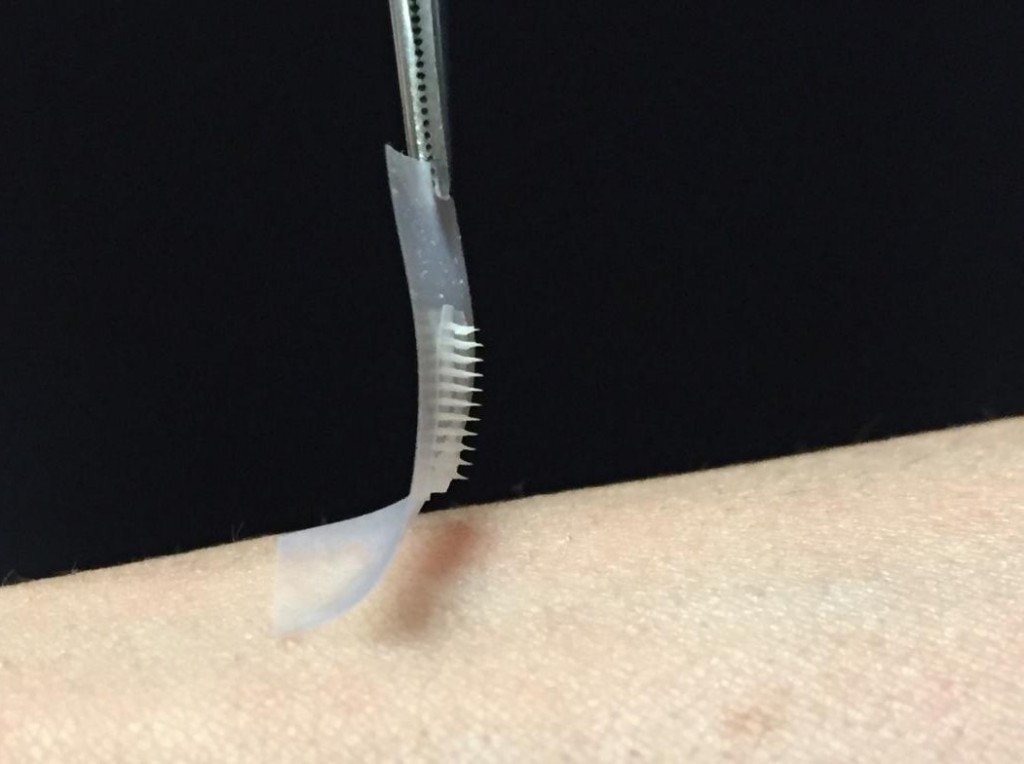March 2003 - Hormones and neurotransmitters secreted from cells via bubble-like vesicles are released using age-related criteria, with the youngest vesicles getting first shot at releasing their contents, according to research led by a University of Southern California (USC) physiologist. This is a "complete reverse" from what had previously been presumed to be the process behind hormone secretion, notes Robert Chow, M.D., Ph.D., associate professor of physiology and biophysics at the Keck School of Medicine of USC, the study's principal investigator. In addition, he says, it now seems likely that upsetting this process may play a role in the development or progression of diseases of secretory cells, such as diabetes.
The research will be published as the cover story in the March 13 issue of the journal Nature, which will feature an image from the research paper representing the movement of a single vesicle over time, from docking at the cell membrane to release of its neurotransmitter.
The typical secretory cell-endocrine cells like those found in the adrenal gland or in the pancreas, as well as nerve cells that secrete neurotransmitters-is filled with tens of thousands of bubble-like vesicles. The vesicles form by budding off from the cell's golgi apparatus, an organelle found deep in the cell's cytoplasm.
"As far as we could tell," says Chow, "the vesicles then got in line, waiting their turn to move forward to the cell membrane, which is where we know that secretion occurs. It was always assumed that they did a sort of orderly forward march, where seniority ruled-the first made, the first out, with the younger vesicles getting behind them."
But what Chow and his colleagues from the University of Edinburgh in Scotland found was, he says, quite the opposite. The researchers developed a new technique to track fluorescently labeled vesicles in adrenal cells from cows. The cells, called chromaffin cells, package and secrete the neurotransmitters epinephrine and norepinephrine. By labeling the vesicles with a protein whose fluorescence changes from green to red over time, they were able to see that newly made vesicles head immediately to the cell membrane, jumping ahead of older vesicles in their haste to disgorge themselves of their contents. "I think of it as the brashness of youth," says Chow.
Continue Reading Below ↓↓↓
Although vesicles live for about two weeks, they generally remain attached to the cell membrane for a scant 12 hours; if, by then, they have not received a signaled to burst open and release their hormonal cargo, they fall back into the cytoplasm, making room for newer, younger vesicles. More often then not, these older vesicles are eventually destroyed, or somehow recycled and reused, says Chow.
Such a wasteful process might at first seem counterintuitive. Why, then, would a cell want its younger vesicles to push aside the older ones? There are several possible explanations, says Chow. "Suppose the vesicle contains a hormone that ages, that's less effective over time" he says. "Then, it would be to the advantage of the cell to get the vesicles to the membrane as soon as possible, so they can secrete their contents before they get too old."
There might also be cases, notes Chow, where the cell needs to respond to some environmental stimuli and wants to change the properties of the vesicle or its cargo. By getting the newest, youngest vesicles to the membrane as soon as possible, the cell can quickly make and effect these changes. "Why would the cell want to wait two weeks to change the vesicle or its components when it could do it in less than 12 hours?" Chow says.
This finding not only sheds light on the basic science of vesicle processing, but also has some potential clinical implications, Chow notes. For instance, in diabetes-another of Chow's areas of scientific focus and interest-it's possible that the insulin-secreting pancreatic islet beta cells are not properly controlling which vesicles go where, and when. "If that were to happen," says Chow, "then the insulin coming out of these cells might not be in the preferred form-it may, in fact, come out in an inactive or dead form."
That is why Chow and his Keck School colleagues are now researching that exact scenario, trying to find out what, in fact, is going on with the vesicles in beta cells and in the context of diabetes. The results may provide an entirely new way to look at the pathogenesis and treatment of this epidemic disease.
Chow's work was supported by grants from the Wellcome Trust and the National Institutes of Health. Rory R. Duncan, Jennifer Greaves, Ulrich K. Wiegand, Ioulia Matskevich, Georg Bodammer, David K. Apps, Michael J. Shipston, Robert H. Chow, "Functional and spatial segregationof secretory vesicle pools according to vesicle age." Nature, Vol. 422, pp. 176-180, 13 March 2003.
Source: University of Southern California











